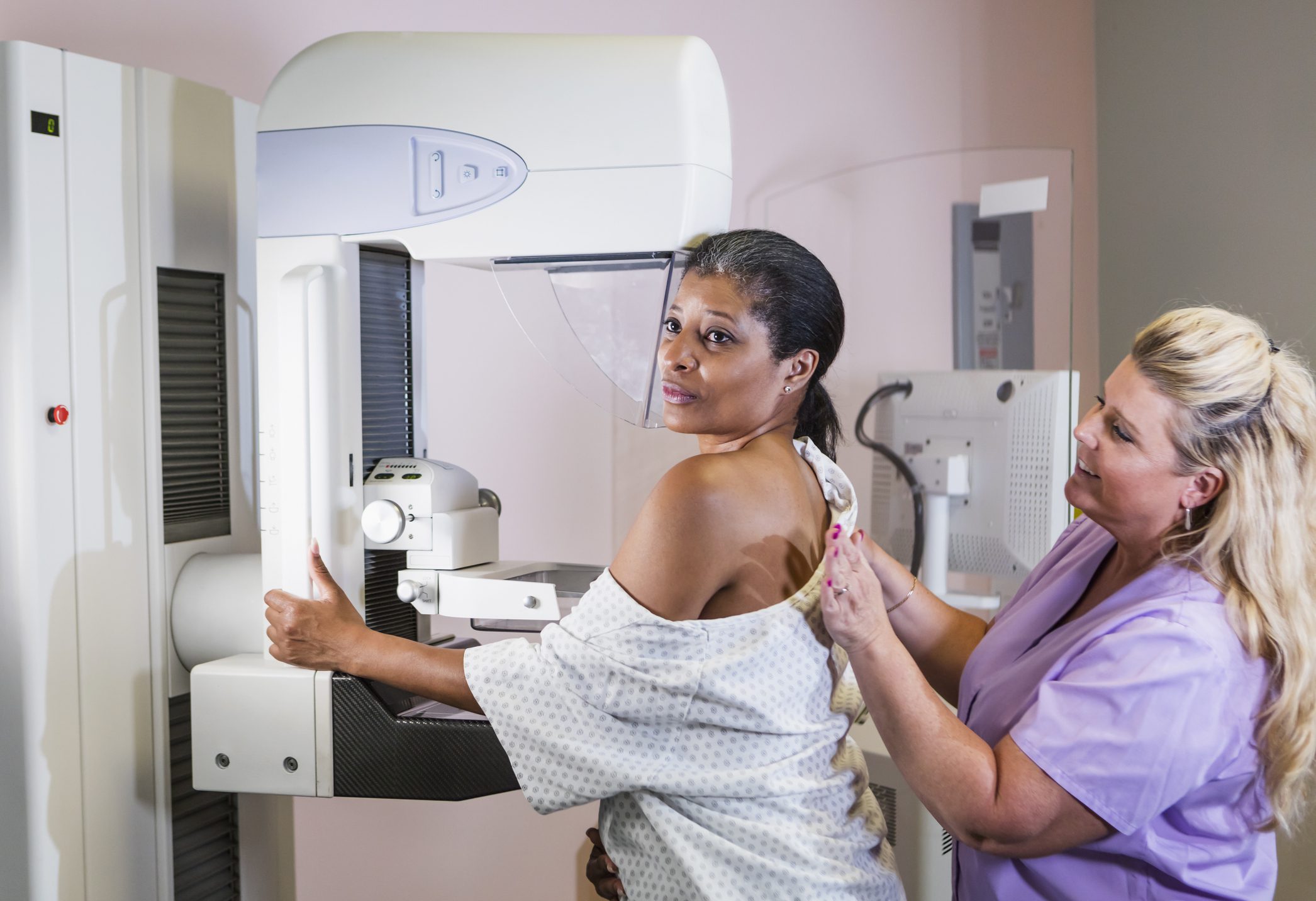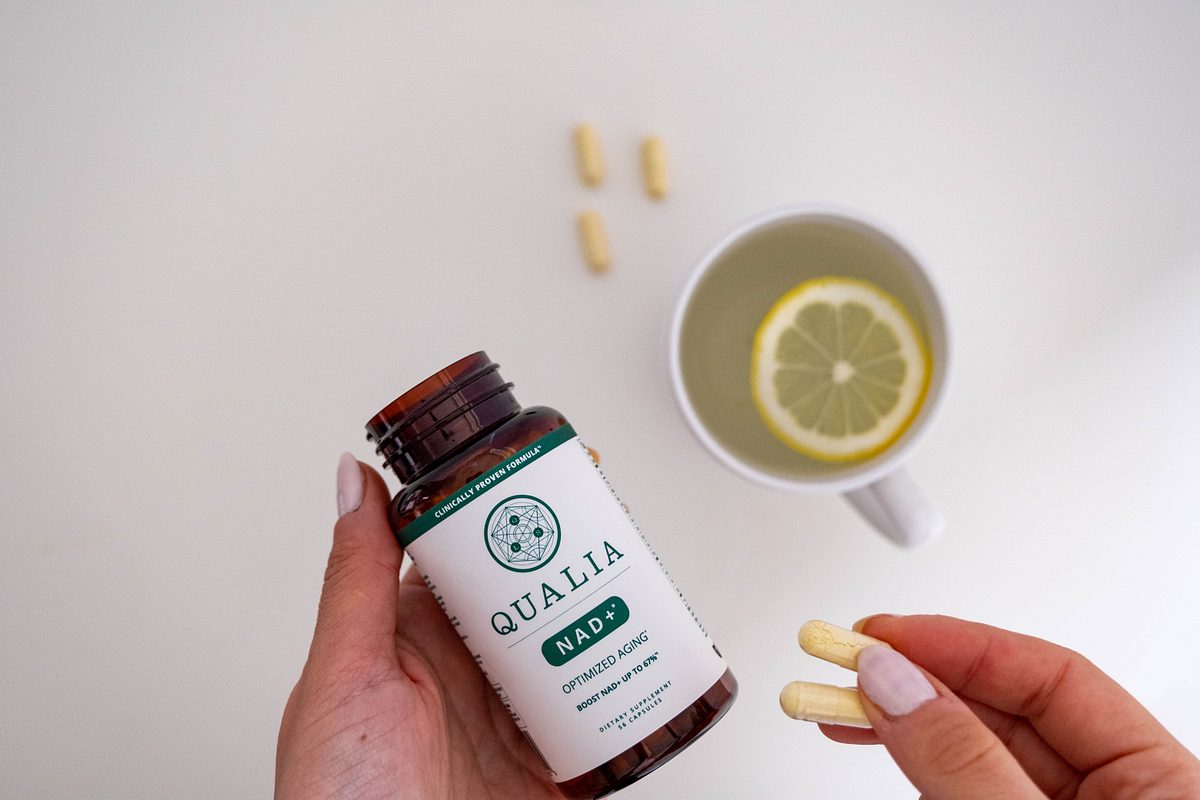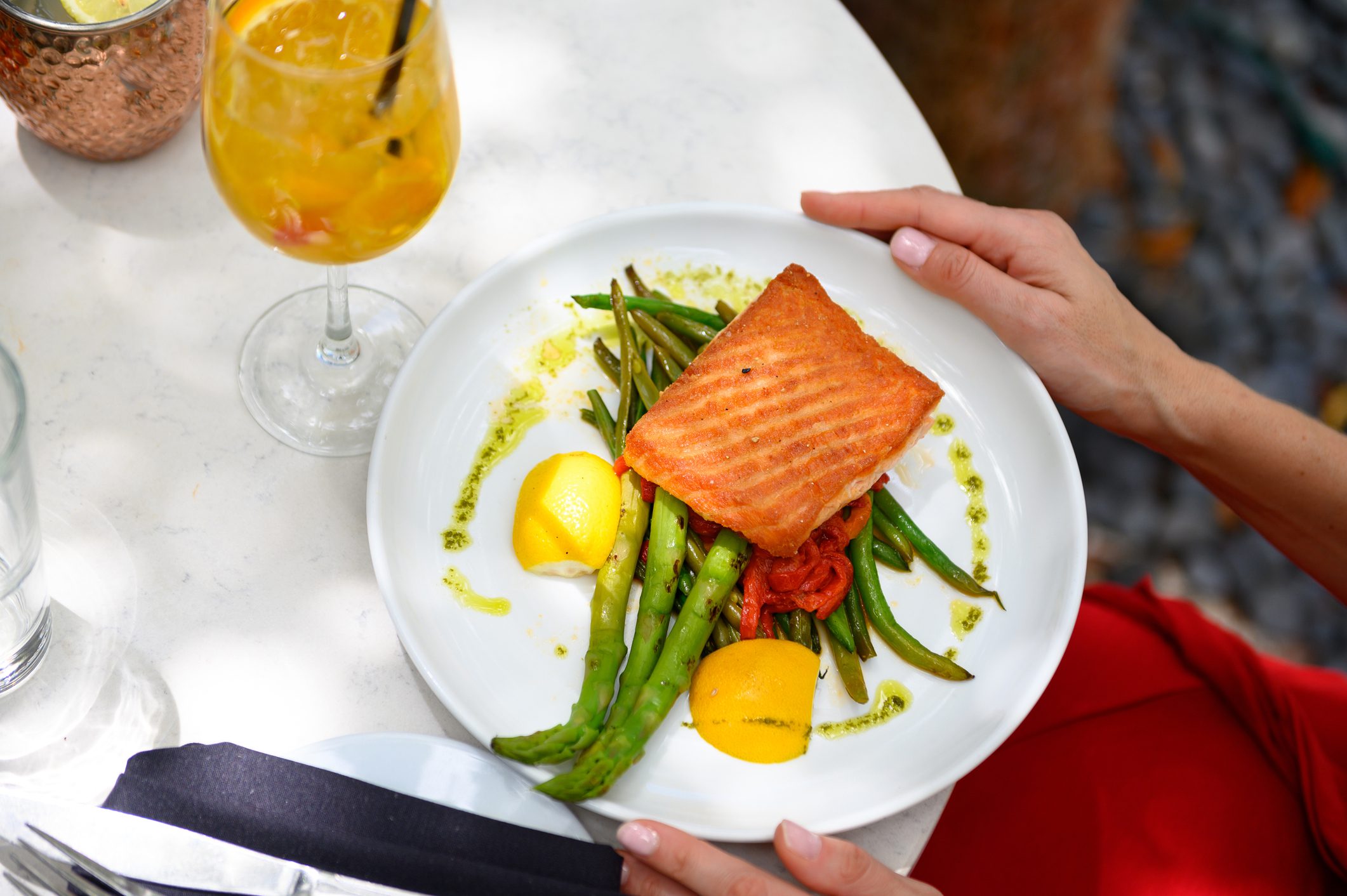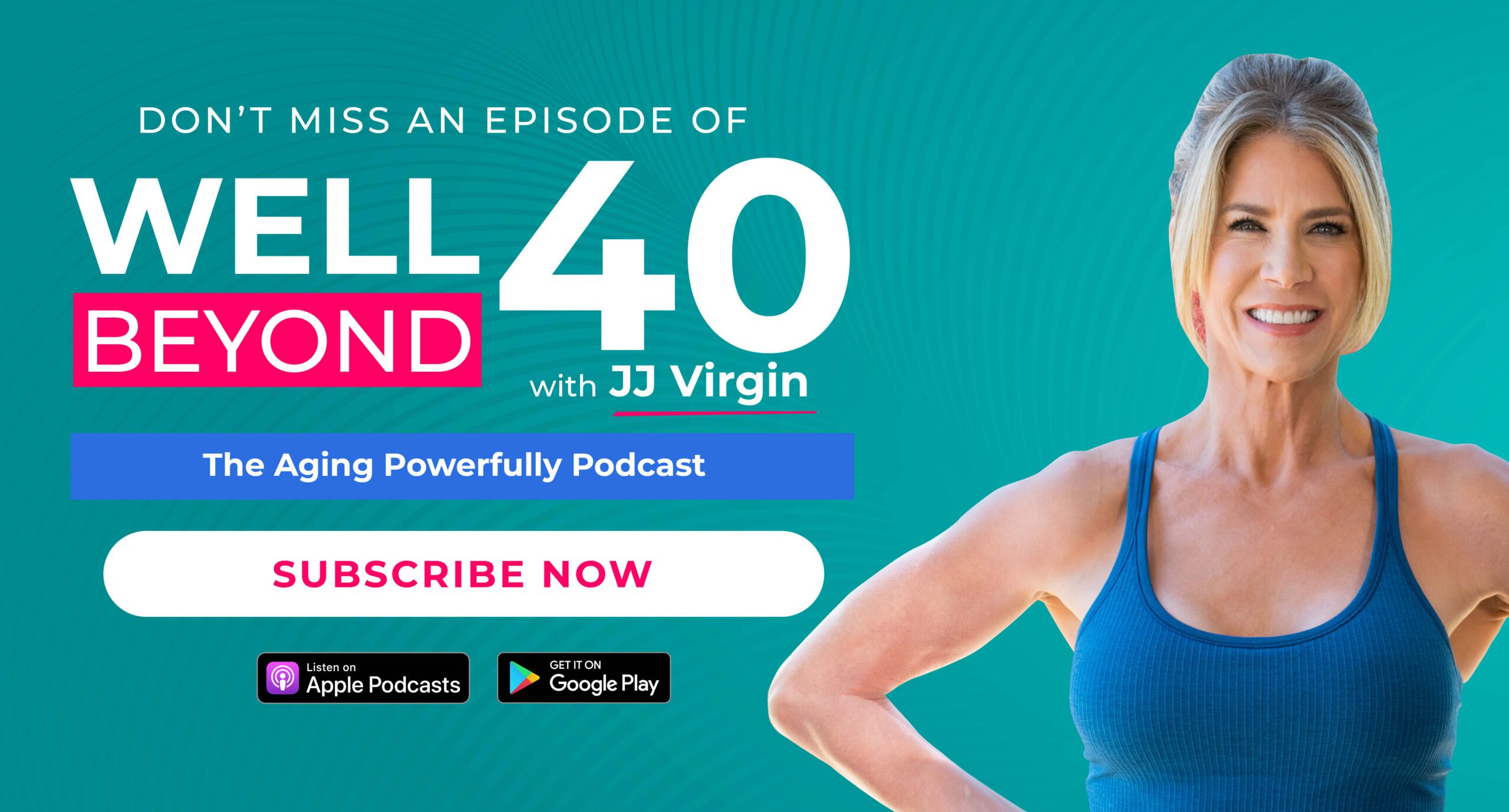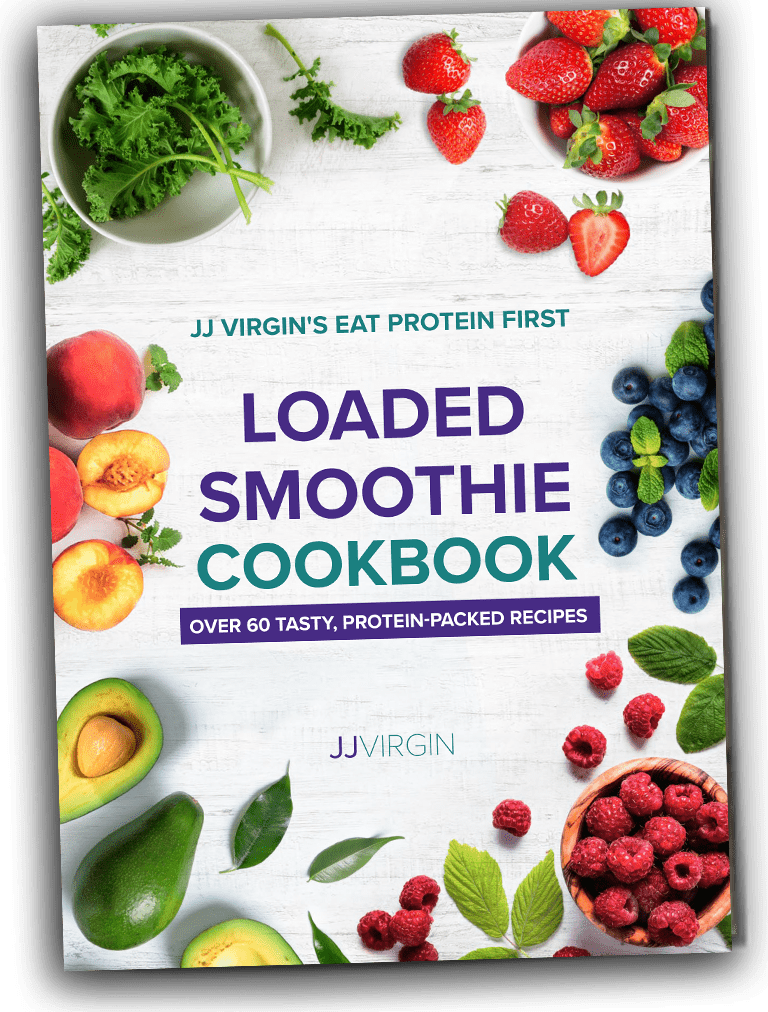Breast cancer is a significant concern for many women, accounting for 30% of all new cancer cases among women in the US, with incidence rates rising by 0.6% annually in recent years. The disease develops when cells in the breast grow uncontrollably, forming a tumor that may present as a lump or appear on a mammogram. These cancerous cells can invade nearby tissues and, if left untreated, may spread to other parts of the body.1, 2
Your risk increases with age. For women in their 40s, the chance of developing breast cancer is about 1 in 65, but by the time you reach your 60s, that risk rises to nearly 1 in 28.3 While these statistics highlight a growing risk, making certain adjustments to your diet could potentially help reduce those odds.
6 Ways to Lower Your Breast Cancer Risk
1. Eat More Leafy Greens
Leafy greens like spinach, kale, and arugula are rich in essential nutrients, including vitamins and antioxidants. They provide folate, a B vitamin vital for repairing and creating DNA, which helps maintain healthy cells and may reduce cancer risk. Antioxidants like vitamin C and beta-carotene also play a role by neutralizing harmful free radicals that can damage cells.4-7
Additionally, leafy greens can help reduce chronic inflammation, which is linked to an increased risk of breast cancer.8-10
Kale, in particular, stands out due to its status as a cruciferous vegetable, along with broccoli and Brussels sprouts. These vegetables contain unique compounds called glucosinolates, which assist in detoxifying the body and slowing cancer cell growth. 11 This Braised Kale recipe is a flavorful way to get more of this nutritious leafy green in your diet.
2. Load Up on Antioxidants
Boosting your antioxidant intake can help reduce the risk of breast cancer. In addition to leafy greens and cruciferous vegetables, foods like berries, nuts, seeds, and dark chocolate are excellent sources of antioxidants.
Berries such as strawberries and blueberries are rich in vitamin C, which helps neutralize free radicals. Nuts and seeds provide vitamin E, which protects cell membranes from damage.12, 13 These foods work together with leafy greens to protect cells and may lower cancer risk.
Dark chocolate is another antioxidant-rich option, as it contains flavonoids, which can reduce inflammation and improve blood flow—factors that contribute to breast-cancer prevention. For the best benefits, choose dark chocolate with 90% cacao, and choose sweeteners with allulose, monkfruit, or stevia. Additionally, wild-caught salmon is rich in astaxanthin, a powerful antioxidant with anti-inflammatory properties that can further protect against breast cancer.14, 15
This Berry Cobbler Protein Shake is a delicious way to bring more antioxidant-rich berries into your diet and get the protein you need for immune support. Protein helps support your immune system, which can assist in fighting off cancer cells and support overall health.16 By keeping your immune system strong, protein can contribute to reducing your breast cancer risk as well.
3. Increase Your Fiber Intake
Did you know that about 70% of your immune system is located in your gut? Keeping your gut healthy is crucial for defending against harmful germs and enhancing your immune system’s ability to combat threats like cancer cells. Fiber plays a vital role in maintaining gut health. High-fiber foods act as prebiotics, nourishing the beneficial bacteria in your gut and helping to keep it balanced. This, in turn, boosts your immune function and helps regulate hormones, which may lower your risk of breast cancer.17, 18
Fiber also aids in the removal of excess hormones like estrogen to help balance hormone levels. Studies show that women who eat more fiber have a lower risk of breast cancer, especially after menopause when hormonal fluctuations are more frequent.19, 20
Aim for 50 grams of fiber daily.
Extra Fiber can help. Every serving provides 12 types of fiber, including prebiotics like acacia gum and inulin, to support gut health. It mixes easily into drinks or smoothies, making it a convenient way to boost your fiber intake.*
4. Reduce Alcohol Consumption
An occasional glass of wine may help you unwind or celebrate with friend, however, research indicates a clear link between alcohol intake and an increased risk of breast cancer, particularly for women who consume more than one drink per day. Alcohol can increase estrogen levels by impairing the liver’s ability to metabolize and eliminate these hormones. This can raise estrogen levels in the body, potentially fueling hormone-sensitive cancers like breast cancer.21-23
By choosing non-alcoholic beverages like this antioxidant-rich Superfood Iced Tea and reserving alcohol for special occasions, you can take a significant step toward reducing your breast cancer risk.
5. Avoid Exposure to Xenoestrogens
Xenoestrogens are synthetic chemicals found in plastics and personal care products that can disrupt hormones and potentially increase breast cancer risk. For example, bisphenol A (BPA) in plastics can leach into food and mimic estrogen, affecting hormone levels and raising your risk of breast cancer.24-27
To minimize exposure, use BPA-free products, avoid heating food in plastic, and choose organic foods when possible. Additionally, select cleaning products that are free from harsh chemicals and use natural, fragrance-free detergents. The Environmental Working Group’s (EWG’s) Guide to Healthy Cleaning provides hazard ratings for cleaning products, while the EWG Skin Deep Cosmetics Database helps identify harmful cosmetic ingredients.
6. Embrace Foods Rich in Phytoestrogens
Phytoestrogens are plant compounds that can mimic estrogen in the body, potentially lowering the risk of hormone-related cancers like breast cancer. They help regulate estrogen activity by either blocking the effects of stronger natural estrogens or providing a milder form of estrogen.28
Good sources include flaxseeds and legumes. Flaxseeds, rich in lignans—a type of phytoestrogen—can be added to smoothies, unsweetened Greek yogurt, or gluten-free oatmeal. Legumes, such as lentils, chickpeas, and soybeans, contain isoflavones, another type of phytoestrogen that helps balance hormones. Including these foods in your diet can support hormonal balance and potentially reduce cancer risk.29, 30
Try these Lentil Nut Burgers with Cilantro Vinaigrette for a hearty, delicious way to incorporate more phytoestrogen-rich legumes into your meals.
An Eat-Protein-First Approach to Unlock All Its Benefits
Loaded smoothies are a quick way to add flaxseeds, boosting phytoestrogens, fiber, antioxidants, and protein—all key for helping reduce breast cancer risk. Protein preserves muscle, enhances fat loss, increases energy, keeps you full, and helps regulate hormones, lowering the risk of hormone-related cancers.
My Eat Protein First Loaded Smoothie Cookbook features over 60 recipes designed to help you maximize protein intake while combating age-related muscle loss. This cookbook goes beyond smoothies, offering a variety of protein-packed recipes for puddings, muffins, hot chocolate, and more. These recipes are the perfect way to start your day—or anytime you need a quick, delicious, protein-rich meal that satisfies your hunger and supports your long-term health.
Get your FREE Eat Protein First Loaded Smoothie Cookbook here.
References:
- American Cancer Society: Breast Cancer Statistics | How Common Is Breast Cancer?
- breastcancer.org: Breast Cancer Facts and Statistics 2024
- National Cancer Institute: Breast Cancer Risk in American Women
- UNC Health Wayne | Goldsboro, NC: Breast Cancer: Foods for Prevention, Treatment and Recovery
- UCLA Health: Broccoli and other cruciferous veggies can significantly lower cancer risk
- WebMD: Health Benefits of Cruciferous Vegetables
- Linus Pauling Institute: Folate
- Didier AJ, Stiene J, Fang L, Watkins D, Dworkin LD, Creeden JF. Antioxidant and Anti-Tumor Effects of Dietary Vitamins A, C, and E. Antioxidants (Basel). 2023 Mar 3;12(3):632. doi: 10.3390/antiox12030632. PMID: 36978880; PMCID: PMC10045152.
- National Cancer Institute: Antioxidants and Cancer Prevention
- Healthline: Antioxidants Explained in Simple Terms
- Syed RU, Moni SS, Break MKB, Khojali WMA, Jafar M, Alshammari MD, Abdelsalam K, Taymour S, Alreshidi KSM, Elhassan Taha MM, Mohan S. Broccoli: A Multi-Faceted Vegetable for Health: An In-Depth Review of Its Nutritional Attributes, Antimicrobial Abilities, and Anti-inflammatory Properties. Antibiotics (Basel). 2023 Jul 7;12(7):1157. doi: 10.3390/antibiotics12071157. PMID: 37508253; PMCID: PMC10376324.
- Cleveland Clinic: 5 Health Benefits of Blueberries
- Rizvi S, Raza ST, Ahmed F, Ahmad A, Abbas S, Mahdi F. The role of vitamin e in human health and some diseases. Sultan Qaboos Univ Med J. 2014 May;14(2):e157-65. Epub 2014 Apr 7. PMID: 24790736; PMCID: PMC3997530.
- Samanta S, Sarkar T, Chakraborty R, Rebezov M, Shariati MA, Thiruvengadam M, Rengasamy KRR. Dark chocolate: An overview of its biological activity, processing, and fortification approaches. Curr Res Food Sci. 2022 Oct 15;5:1916-1943. doi: 10.1016/j.crfs.2022.10.017. PMID: 36300165; PMCID: PMC9589144.
- Healthline: Salmon: Nutrition, Health Benefits, and More
- WebMD: Protein: Why Your Body Needs It
- UCLA Health: If you want to boost immunity, look to the gut
- Fu J, Zheng Y, Gao Y, Xu W. Dietary Fiber Intake and Gut Microbiota in Human Health. Microorganisms. 2022 Dec 18;10(12):2507. doi: 10.3390/microorganisms10122507. PMID: 36557760; PMCID: PMC9787832.
- Hu J, Wang J, Li Y, Xue K, Kan J. Use of Dietary Fibers in Reducing the Risk of Several Cancer Types: An Umbrella Review. Nutrients. 2023 May 30;15(11):2545. doi: 10.3390/nu15112545. PMID: 37299507; PMCID: PMC10255454.
- Chen S, Chen Y, Ma S, Zheng R, Zhao P, Zhang L, Liu Y, Yu Q, Deng Q, Zhang K. Dietary fibre intake and risk of breast cancer: A systematic review and meta-analysis of epidemiological studies. Oncotarget. 2016 Dec 6;7(49):80980-80989. doi: 10.18632/oncotarget.13140. PMID: 27829237; PMCID: PMC5348370.
- Breast Cancer Research Foundation: Alcohol and Breast Cancer Risk
- American Cancer Society: Alcohol Use and Cancer | Health Effects
- Al-Sader H, Abdul-Jabar H, Allawi Z, Haba Y. Alcohol and breast cancer: the mechanisms explained. J Clin Med Res. 2009 Aug;1(3):125-31. doi: 10.4021/jocmr2009.07.1246. Epub 2009 Jul 3. PMID: 22493645; PMCID: PMC3318874.
- ScienceDirect: Xenoestrogen – an overview
- Stillwater BJ, Bull AC, Romagnolo DF, Neumayer LA, Donovan MG, Selmin OI. Bisphenols and Risk of Breast Cancer: A Narrative Review of the Impact of Diet and Bioactive Food Components. Front Nutr. 2020 Nov 19;7:581388. doi: 10.3389/fnut.2020.581388. PMID: 33330580; PMCID: PMC7710764.
- Breast Cancer Prevention Partners: Bisphenol A
- Canadian Cancer Society: Should I put plastic containers in the microwave?
- Breast Cancer Prevention Partners: Phytoestrogens
- Desmawati D, Sulastri D. Phytoestrogens and Their Health Effect. Open Access Maced J Med Sci. 2019 Feb 14;7(3):495-499. doi: 10.3889/oamjms.2019.044. PMID: 30834024; PMCID: PMC6390141.
- Kumar NB, Cantor A, Allen K, Riccardi D, Cox CE. The specific role of isoflavones on estrogen metabolism in premenopausal women. Cancer. 2002 Feb 15;94(4):1166-74. doi: 10.1002/cncr.10320. PMID: 11920488; PMCID: PMC2377415.
*These statements have not been evaluated by the Food & Drug Administration. Products mentioned are not intended to diagnose, treat, cure, or prevent any disease. The views in this blog by JJ Virgin should never be used as a substitute for professional medical advice. Please work with a healthcare practitioner concerning any medical problem or concern.
